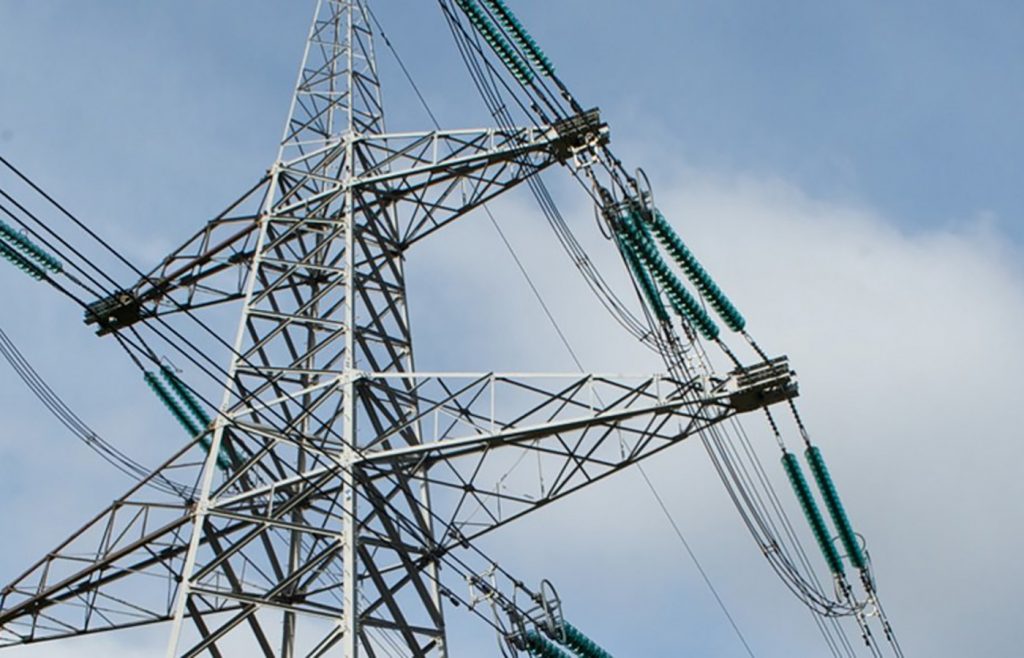
Six projects involving the University of Strathclyde which are aiming to increase grid resilience and accelerate the UK’s transition to net zero at the lowest cost to consumers have received funding from Ofgem’s Strategic Investment Fund (SIF) building on three successful projects awarded during round 1.
The SIF is a funding mechanism for the Electricity System Operator, Electricity Transmission, Gas Transmission and Gas Distribution sectors, delivered in partnership with Innovate UK, part of UK Research and Innovation (UKRI).
A total of 53 projects under the Round 2 Discovery Phase were approved across the UK. The awarded projects involving Strathclyde are:
- SCOHL: This project will investigate the potential use of high-temperature superconductor (HTS) technologies on National Grid’s overhead line (OHL) assets to increase power transfer capability. The potential benefits, costs, technical limitations, and a possible roadmap for business-as-usual implementation will be assessed. Strathclyde is leading the work package 1 on technology assessment and application considerations. It will review of technology-readiness levels of overhead line applications of superconducting technologies; and a summary of potential future technical considerations. Strathclyde PI: Dr Weijia Yuan. Partners: National Grid Electricity Transmission.
- BLADE: bringing ‘black start’ from offshore wind to commercial reality by building the necessary cross-industry understanding. The aim is to do so by demonstrating the potential of state-of-the-art offshore wind turbines to provide black start restoration services and to ensure they can meet the requirements of the onshore network to grow the energy island throughout the onshore network. The exact scope of this demonstration will be developed by the cross-industry consortium during the Discovery and Alpha Phases of the project. Strathclyde PI: Dr Agusti Egea Alvarez. Partners: Carbon Trust and SSEN.
- INSIGHT (Innovative Network Status Intelligence Gathered by Holistic use of Telemetry and Simulation) project, led by Scottish and Southern Electricity Networks (SSEN), aims to deliver a virtual, real-time alert and control system that can monitor and mitigate different types of oscillation events experienced on the networks. Strathclyde PI: Dr Qiteng Hong. Project Partners: National HVDC Centre (part of SSEN) and National Grid ESO.
- Scenarios for Extreme Events project, led by National Grid Electricity System Operator (NGESO), seeks to develop a proactive approach to identifying and analysing extreme, unexpected events, and forecasting their impact on the electricity grid and wider energy system. Novel use of probabilistic modelling combined with insights from risk management, insurance costing and climate modelling experts will be used to develop a decision-making tool to improve whole system resilience in a rapidly changing world. Strathclyde PI: Dr Panagiotis Papadopoulos. Project Partners: Frazer-Nash, Met Office, Corporation of Lloyd’s, National Grid Electricity Distribution, Cadent Gas, National Grid Gas Transmission, Scottish and Southern Energy Networks (SSEN), Scottish Hydro Electric Transmission.
Speaking about the INSIGHT project, Dr Hong said: “The integration of the low-carbon energy resources is critical for driving the energy system decarbonisation. However, it also brings significant technical challenges, with one of them being converter-driven system oscillations, which could present significant risks to system security. INSIGHT addresses this critical issue in a timely manner and we are very pleased to be the academic partner to support this important work”.
Two of the projects are based at PNDC, Strathclyde’s whole energy system testing, and demonstration facility based in Cumbernauld, these are:
- CommsConnect: Investigating how new combinations of 5G networks can deliver more resilient networks at far lower cost than would otherwise be required. The move towards net zero means that the electrical distribution network needs to be much more agile than it has been, and that agility requires the support of resilient wireless networks. Particularly in rural areas, such resilience is lacking in existing mobile networks, but it is in precisely these areas that much of the distributed generation, such as wind farms, can be found. Strathclyde PI: Dr James Irvine and Dr Kinan Ghanem. Project Partners: UK Power Networks.
- Trinity: By determining and then implementing the requirements, specifications and architecture for control room simulator facilities, Trinity seeks to address the increasing complexity facing control room staff and systems that are being driven by the net zero transition. Strathclyde PI: Dr Kyle Jennett & Professor Federico Coffele. Project Partners: UK Power Networks, GE, and PNDC.
The CommsConnect project will use combinations of public and private 5G networks to provide Distribution Network Operators with low-cost resilient communications. PNDC will leverage its unique capability of two 5G wireless networks on site with a wide variety of power equipment to investigate how services can fail over between networks. As well as reducing the network’s carbon footprint compared to a single hardened network, CommsConnect will give benefits in terms of reductions in both costs and outages.
Dr James Irvine, Academic Lead for the Communications and Security themes at PNDC said: “CommsConnect takes the same approach to networks that RAID takes to storage – we combine inexpensive networks to provide the resilience operators require at a fraction of the cost.”
Dr Kinan Ghanem, a senior communications and systems integration research engineer at PNDC, said: “Smart grid critical applications are becoming heavily dependent on secure communications network infrastructure for their operation and management. CommsConnect considers several communication network design approaches to improve power resilience and save operational and maintenance costs. Our hybrid solution can reduce the risk of any electricity networks outage caused by comms failure.”
Dr Kyle Jennett, a lead R&D engineer at PNDC, said of the Trinity project: “The challenges in the operation of distribution networks are evolving quickly, and innovative solutions that can be deployed in DNOs’ control rooms continue to emerge. De-risking and commissioning these innovative solutions within the existing control room is a slow and restricted approach to validate innovation, which risks blocking some of the most innovative solutions and delays the overall innovation process.”





